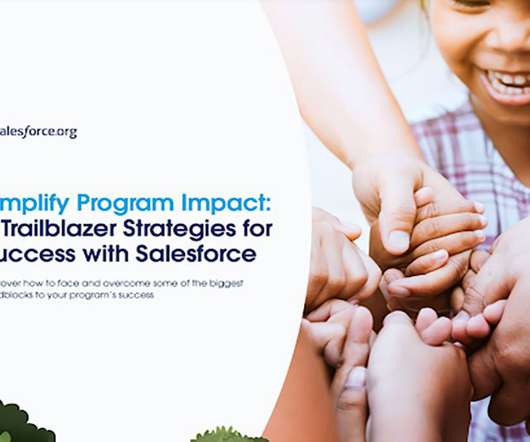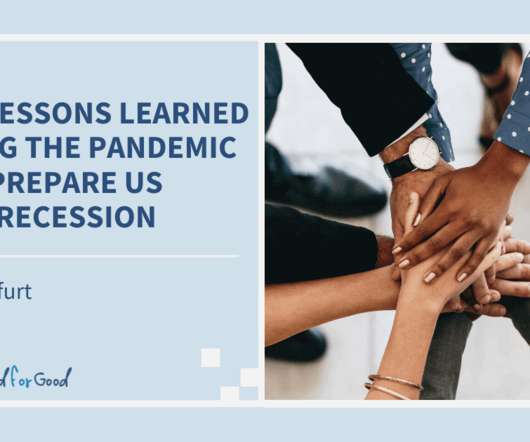Research Friday: Does your nonprofit have an outcome-driven culture?
ASU Lodestar Center
JANUARY 11, 2013
However, increasingly nonprofits are moving to the practice of outcome evaluation. Program outcomes are defined as the expected and/or actual benefits that program participants will receive. Outcomes usually imply changes in behavior, condition, skills, attitudes or knowledge in the individual, community or other target population.

























Let's personalize your content